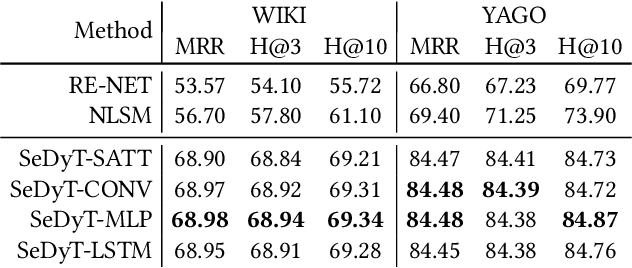James Orme-Rogers
Spatio-Temporal Attention in Multi-Granular Brain Chronnectomes for Detection of Autism Spectrum Disorder
Oct 30, 2022Abstract:The traditional methods for detecting autism spectrum disorder (ASD) are expensive, subjective, and time-consuming, often taking years for a diagnosis, with many children growing well into adolescence and even adulthood before finally confirming the disorder. Recently, graph-based learning techniques have demonstrated impressive results on resting-state functional magnetic resonance imaging (rs-fMRI) data from the Autism Brain Imaging Data Exchange (ABIDE). We introduce IMAGIN, a multI-granular, Multi-Atlas spatio-temporal attention Graph Isomorphism Network, which we use to learn graph representations of dynamic functional brain connectivity (chronnectome), as opposed to static connectivity (connectome). The experimental results demonstrate that IMAGIN achieves a 5-fold cross-validation accuracy of 79.25%, which surpasses the current state-of-the-art by 1.5%. In addition, analysis of the spatial and temporal attention scores provides further validation for the neural basis of autism.
SeDyT: A General Framework for Multi-Step Event Forecasting via Sequence Modeling on Dynamic Entity Embeddings
Sep 09, 2021


Abstract:Temporal Knowledge Graphs store events in the form of subjects, relations, objects, and timestamps which are often represented by dynamic heterogeneous graphs. Event forecasting is a critical and challenging task in Temporal Knowledge Graph reasoning that predicts the subject or object of an event in the future. To obtain temporal embeddings multi-step away in the future, existing methods learn generative models that capture the joint distribution of the observed events. To reduce the high computation costs, these methods rely on unrealistic assumptions of independence and approximations in training and inference. In this work, we propose SeDyT, a discriminative framework that performs sequence modeling on the dynamic entity embeddings to solve the multi-step event forecasting problem. SeDyT consists of two components: a Temporal Graph Neural Network that generates dynamic entity embeddings in the past and a sequence model that predicts the entity embeddings in the future. Compared with the generative models, SeDyT does not rely on any heuristic-based probability model and has low computation complexity in both training and inference. SeDyT is compatible with most Temporal Graph Neural Networks and sequence models. We also design an efficient training method that trains the two components in one gradient descent propagation. We evaluate the performance of SeDyT on five popular datasets. By combining temporal Graph Neural Network models and sequence models, SeDyT achieves an average of 2.4% MRR improvement when not using the validation set and more than 10% MRR improvement when using the validation set.
 Add to Chrome
Add to Chrome Add to Firefox
Add to Firefox Add to Edge
Add to Edge